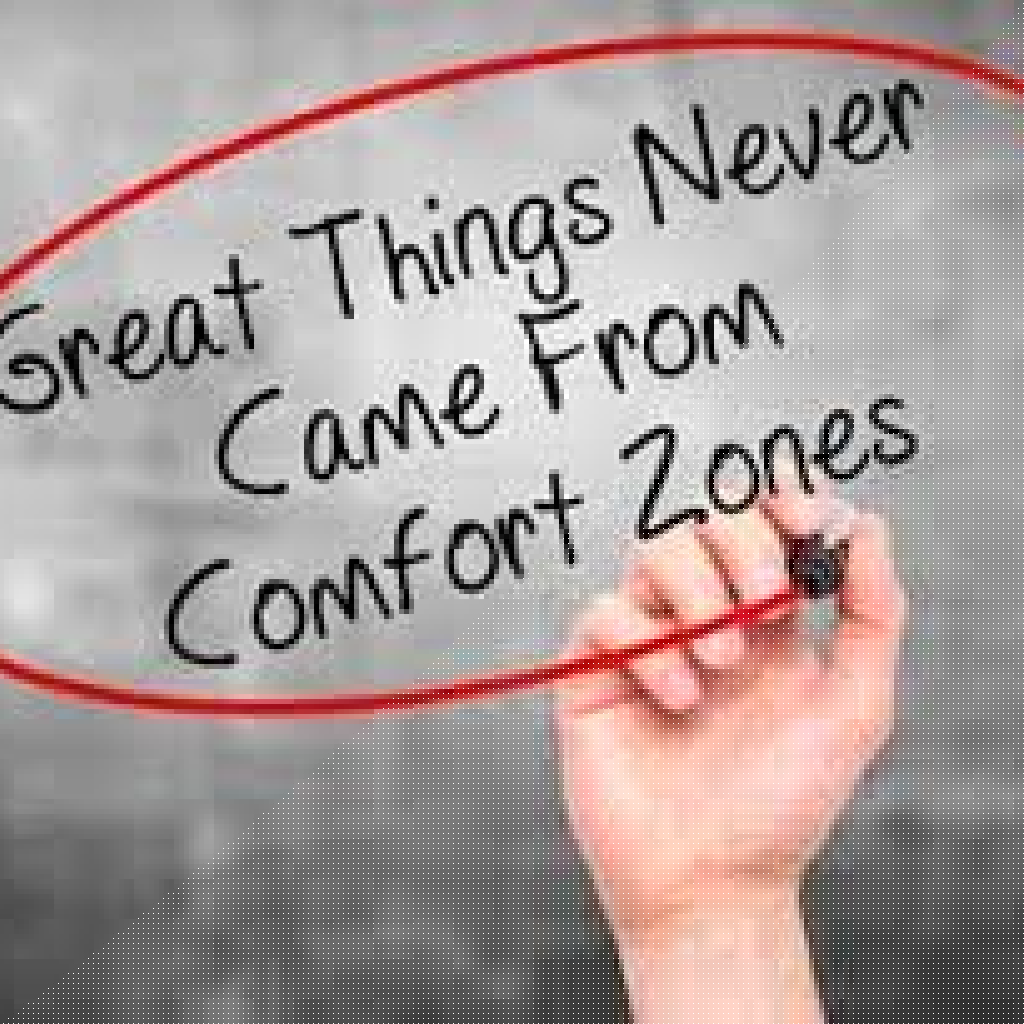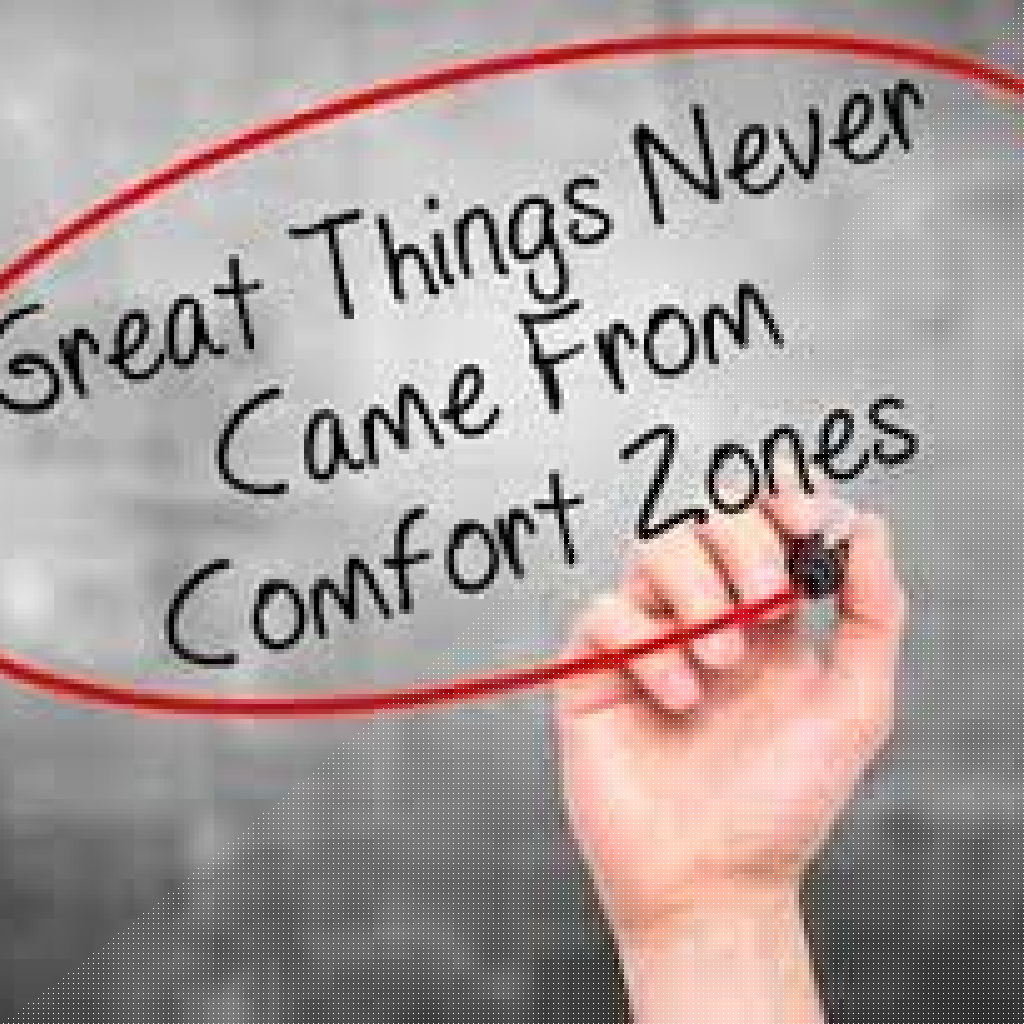Key Takeaways:
- Adopting a versatile management style can significantly enhance team productivity and morale.
- Effective communication and relationship-building are crucial for overcoming challenges in modern workplaces.
In today’s rapidly evolving workplace, the need for effective management is more crucial than ever. Managers are tasked with not only meeting performance goals but also cultivating a supportive environment that encourages team engagement and development. A critical aspect of this is adapting management styles to suit the diverse needs of employees, which can impact overall organizational performance.
Understanding Management Styles that Enhance Performance
To harness the full potential of a team, it is essential to recognize that different management styles can lead to varying results depending on the team’s composition and objectives. Here, we will explore several effective management styles that can enhance employee performance and overall satisfaction at work.
-
Democratic Leadership: This style promotes collaboration and participation among team members. Managers who practice democratic leadership seek input from employees, valuing their opinions and fostering a sense of ownership. By encouraging discussions and listening to suggestions, employees feel more engaged and motivated. This approach can also result in more innovative solutions as diverse perspectives come together.
-
Transformational Leadership: Transformational leaders inspire and motivate their teams by creating a compelling vision for the future. They focus on aligning organizational goals with individual aspirations, which helps in building strong workplace relationships. Through regular feedback, coaching, and support, transformational leaders can drive employees to exceed expectations and foster a culture of continuous improvement.
-
Transactional Leadership: While this style may seem straightforward, its effectiveness should not be underestimated. Transactional leaders focus on structured tasks and rewards based on performance. This can be particularly effective in environments that demand adherence to procedures and safety standards. By setting clear expectations and rewarding compliance, managers can enhance employee productivity in specific situations.
How Can Managers Encourage Employee Engagement?
Employee engagement is a cornerstone of workplace productivity. Engaged employees are more likely to be committed to their roles, leading to higher performance levels. Here are some strategies for managers to increase engagement:
- Recognition and Rewards: Acknowledging employees’ efforts can significantly enhance their morale. Whether through formal awards or informal shout-outs, recognizing hard work fosters motivation.
- Creating Opportunities for Growth: Providing employees with professional development opportunities can increase their investment in the organization. Whether through training sessions, workshops, or mentorship programs, the chance to grow keeps employees engaged and improves their performance skills.
- Open Communication: Ensure that the lines of communication are always open. Regular check-ins, feedback sessions, and team meetings can help team members feel valued and heard. Listening to concerns and suggestions not only reinforces a supportive work culture but also aids in addressing potential issues before they escalate.
How Can Hiring, Training, and Promoting Employees Effectively Impact Business?
A manager’s ability to hire, train, and promote the right people directly contributes to the organization’s success. When done correctly, it can create a thriving workplace environment and foster strong relationships between leadership and team members.
- Hiring for Cultural Fit: Beyond qualifications, hiring for cultural fit is vital. Managers should assess candidates’ values and attitudes during the interview process to ensure alignment with the organization’s ethos. This creates a cohesive work environment that encourages collaboration and teamwork.
- Training for Skill Enhancement: Continuous training is essential to keep employees updated on best practices and innovations. Create individualized training plans based on employees’ strengths and areas for development. Such tailored training programs will boost confidence and promote a learning atmosphere.
- Promoting from Within: When opportunities for advancement arise, promoting existing talent boosts morale and motivation across the organization. Employees see opportunity for growth, which translates to increased productivity and engagement.
Best Practices for Business Communication
Maintaining clear and effective business communication is essential for managers to convey expectations, provide feedback, and strengthen relationships. Here are some best practices:
- Use Clear Messaging: Avoid jargon and keep your communication straightforward. This ensures employees understand their roles and responsibilities, eliminating ambiguity.
- Utilize Various Communication Channels: Different people may prefer different methods of communication. Be flexible, employing emails, meetings, or instant messaging to accommodate various preferences.
- Encourage Two-Way Communication: Facilitate an open dialogue by inviting feedback and encouraging employees to share ideas or concerns. A culture of open communication fosters trust and collaboration, which are vital for organizational success.
In summary, adapting your management style to meet the diverse needs of your employees is central to driving performance and cultivating a positive workplace culture. By employing methods that enhance engagement, recognizing the importance of hiring and training, and utilizing best practices for communication, managers can position their teams for success. The work of a manager extends beyond simply managing tasks; it’s about leading by example and creating an environment where employees can thrive.













